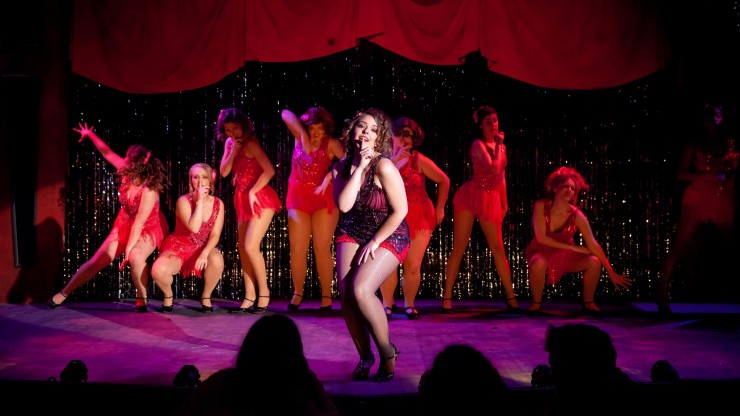Sewanee’s home for theatre and dance celebrates two decades of learning by building, creating, and performing.
Karissa Wheeler, C’19, is no stranger to the stage. Having started dance classes at the tender age of two, and gotten involved in community theatre at the age of nine, Wheeler performed in her first professional show, Annie, at age 13. By the time she graduated from high school, she was certain that she wanted to enroll in a bachelor of fine arts musical-theatre program, but something didn’t feel right.
“I ended up getting into every [school] I applied to,” she says. “But a part of me was really being pulled to Sewanee.”
She had emailed Theatre Professors David Landon and Pete Smith about attending Sewanee, and both had emphasized the importance of a well-rounded liberal arts education. So, in the fall of 2015, Wheeler arrived on the Mountain, ready to immerse herself “in all of the aspects of the theatre” at Sewanee’s own Tennessee Williams Center, which turns 20 this year.
Thirty years ago, when Theatre Professor Dan Backlund was hired, he was told that within the next year or two, the University would start building a theatre. Smith, who created the theatre major and who had been teaching at Sewanee before Backlund arrived, had been told the same story 37 years ago. At the time, the duo worked out of Guerry Auditorium, which is a better venue for music than it is for theatre.
Backlund, who has worked in more than 450 spaces as a designer in his career, was not impressed with Guerry Auditorium, and was ecstatic when the Tennessee Williams Center was constructed in 1998.
“Our students were learning things and they were doing well, but when we got [the Tennessee Williams Center], it profoundly changed our program,” he says. “To have an entire building just to learn and study theatre and dance is such a wonderful thing. I don’t know of any other liberal arts school that has a facility like this.”


